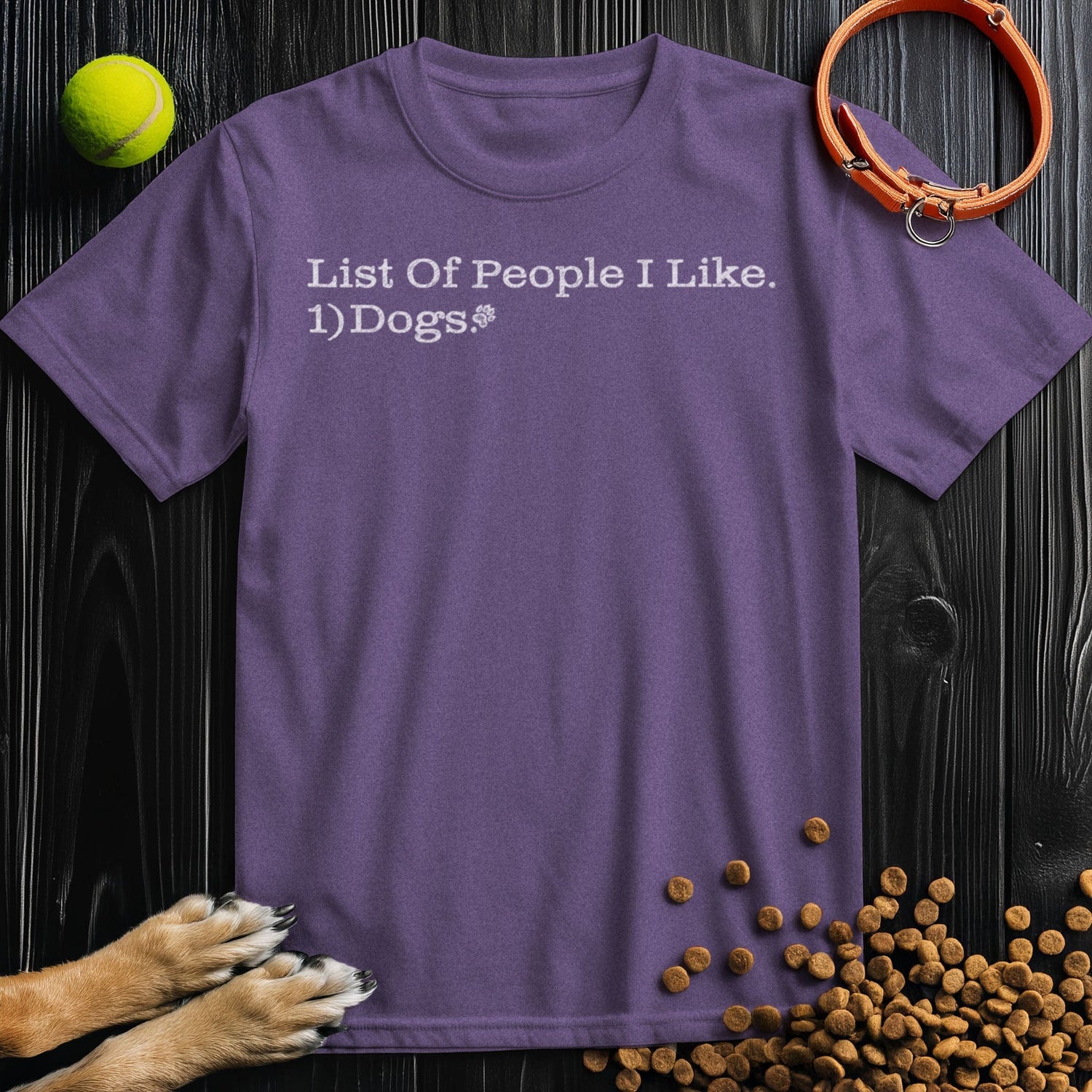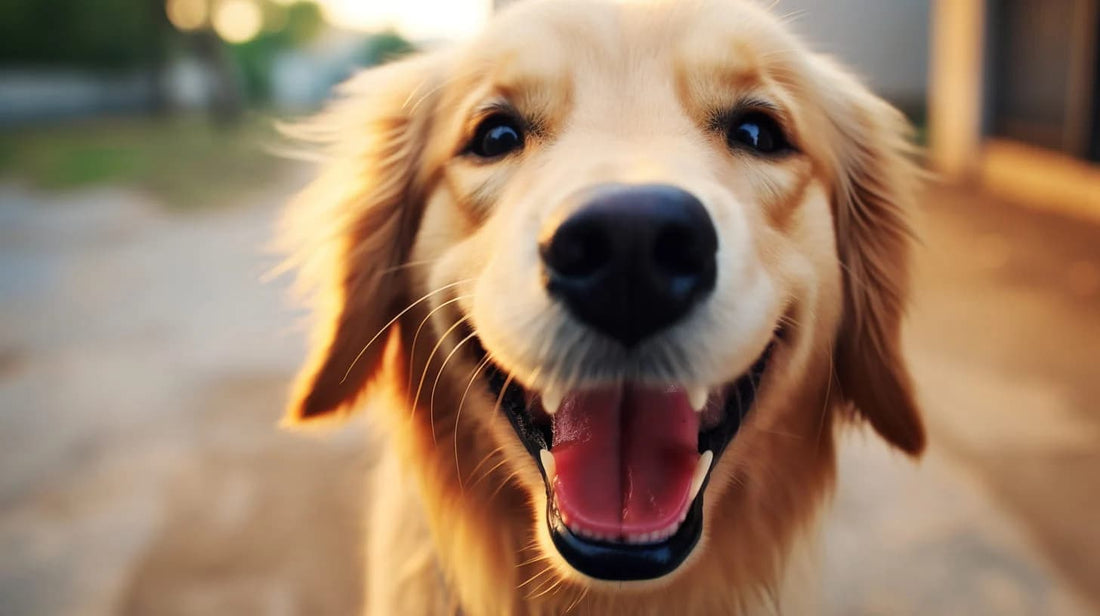As a dog owner, you want to ensure that your furry friend stays healthy and happy for years to come. One important aspect of your dog's health that often gets overlooked is their oral hygiene. Just like humans, dogs need regular dental care to maintain healthy teeth and gums.
In this article, we will guide you through the process of brushing your dog's teeth effectively and provide tips for maintaining their oral health. By following these steps, you can help prevent dental problems and ensure your dog's overall well-being.
Key Takeaways
- Regular teeth brushing can prevent dental problems in dogs.
- Choosing the right toothbrush and toothpaste is crucial for effective brushing.
- Overcoming challenges, such as resistance or fear, can make the teeth brushing process a positive experience for both you and your dog.
- Alternative dental care options, such as dental chews and rinses, can supplement regular teeth brushing.
- Regular dental check-ups and consistent dental care routines are essential for maintaining your dog's oral health.
Why Dog Teeth Brushing is Important
Dental care is vital to your dog's overall health, and regular brushing is a crucial part of their dental routine. Neglecting your dog's oral hygiene can lead to various dental issues, including bad breath, gingivitis, and dental decay. In severe cases, dogs can also develop periodontal disease, which can lead to heart, liver, and kidney problems. Therefore, incorporating teeth brushing into your dog's daily routine is essential to maintaining their oral health.
A dog's dental routine should start at a young age to acclimate them to the process and make it a habit throughout their lives. Once your dog is used to teeth brushing, it will become a positive experience for them, preventing any fear or resistance to the task. Establishing a regular dental care routine also helps maintain your dog's overall health and well-being. In addition, maintaining oral hygiene at home can help save money in the long run by avoiding costly dental procedures.
Getting Your Dog Acclimated to Teeth Brushing
Introducing a dental care routine to your dog's life may seem daunting, but with patience and a little effort, your furry friend can learn to love teeth brushing. Before starting, it is important to choose the right toothbrush and toothpaste for dogs. Avoid using human toothpaste, as it can be toxic to dogs.
Step-by-step instructions can help make the process easier for both you and your dog. When starting, begin by touching your dog's muzzle and teeth with your fingers. This can help your dog get used to the sensation of having their teeth touched and help them become more comfortable with the process. Once your dog is comfortable, you can begin using a toothbrush.
It is important to use positive reinforcement techniques throughout the process to make it enjoyable for your dog. Reward your dog with praise or treats after each successful brushing session. Gradually increase the duration of brushing as your dog becomes more comfortable.
| Tips for getting your dog acclimated to teeth brushing: |
|---|
| Start slow: Begin by touching your dog's teeth and muzzle with your fingers to get your dog used to the sensation. |
| Choose the right toothbrush and toothpaste: Use a toothbrush and toothpaste specifically designed for dogs. |
| Use positive reinforcement: Reward your dog with praise and treats after successful brushing sessions to make the process enjoyable. |
| Be patient: It may take some time for your dog to get used to the process, so be patient and don't rush it. |
By following these steps and taking the time to get your dog acclimated to teeth brushing, you can help maintain their oral hygiene and keep them healthy and happy for years to come.
Preparing for a Successful Teeth Brushing Session
Before starting a teeth cleaning session, there are a few preparations you need to make to ensure that your dog feels comfortable and relaxed.
| Tip | Details |
|---|---|
| Choose a quiet and comfortable space | Find a quiet and comfortable space where your dog is free from distractions. This will help them focus on the process and make them feel relaxed. |
| Establish a routine | Make teeth brushing a regular part of your dog's daily routine. This consistency will help them become familiar with the process and more comfortable with it. |
| Use positive reinforcement techniques | Offer treats, praise, and encouragement during and after the teeth brushing session. This will help create a positive association with the process and make it a more enjoyable experience for your dog. |
By following these simple steps, you'll be able to create a dental care routine for your furry friend that not only maintains their oral health but also strengthens the bond between you and your pet.
Step-by-Step Guide to Brushing Your Dog's Teeth
Brushing your dog's teeth may seem like a daunting task, but with the right approach, it can become an easy and enjoyable part of your daily routine. Here's a step-by-step guide to help you get started:
- Start slow: Introduce your dog to the toothbrush and toothpaste slowly. Let them smell and taste it first before moving on to the actual brushing.
- Get comfortable: Find a quiet, comfortable space to brush your dog's teeth. Make sure your dog is relaxed and calm before beginning.
- Use the right toothbrush: Choose a toothbrush that's specifically designed for dogs. It should be soft-bristled and appropriately sized for your dog's mouth.
- Use the right toothpaste: Only use toothpaste that's specifically made for dogs. Human toothpaste can be harmful to dogs.
- Get brushing: Lift your dog's lip and gently brush their teeth in circular motions. Make sure to brush the back molars, which are most susceptible to plaque buildup.
- Provide positive reinforcement: Praise your dog during and after the brushing session and give them a treat as a reward.
Remember to be patient and consistent. It may take a few tries before your dog gets used to the process, but with time and practice, teeth brushing can become a positive experience for both you and your furry friend.

Overcoming Common Challenges
While brushing your dog's teeth is an essential part of maintaining their oral health, it can be challenging at times. Here are some common obstacles you might encounter and ways to overcome them:
Resistance
Many dogs resist teeth brushing, especially when it's a new activity. To overcome resistance, start by introducing your dog to the toothbrush and toothpaste gradually. Let them sniff and lick the toothpaste, and praise them for any positive behavior. Once they're comfortable with the toothbrush and toothpaste, begin brushing gently and gradually increase the time spent brushing. Use positive reinforcement, such as treats, to reward good behavior and make the experience enjoyable for your dog.
Fear
Sometimes dogs are fearful of the toothbrush or the process of teeth brushing. To address this fear, try to make the experience as enjoyable as possible. Use a calming tone of voice, offer treats, and praise your dog throughout the process. You may also want to consider using a finger brush or dental wipes as an alternative to a toothbrush.
Physical Challenges
Some dogs may have physical challenges, such as a small mouth or a sensitive gag reflex, that make teeth brushing difficult. In these cases, speak to your veterinarian about alternative dental care options or how to modify the teeth brushing process to make it more comfortable for your dog.
Remember, consistency is key when it comes to maintaining your dog's oral health. With patience and persistence, you can overcome common challenges and establish a dental care routine that works for you and your furry friend.
Alternative Dental Care Options
Regular teeth brushing is crucial for maintaining your dog's oral health. However, there are also alternative dental care options that you can incorporate into your dog's routine. These options can be particularly useful if you have difficulty brushing your dog's teeth or if your dog is resistant to teeth brushing.
Dental chews: These are dog treats that are designed to help clean teeth and freshen breath. Dental chews come in various shapes and sizes, and they work by scrubbing away plaque and tartar as your dog chews on them. They can provide an enjoyable and effective way to supplement your dog's oral hygiene routine.
Dental rinses: These are solutions that you can add to your dog's water to help fight bacteria and plaque buildup in the mouth. Some dental rinses also contain enzymes that can help break down food particles and prevent bad breath. Dental rinses are easy to use and can be a great addition to your dog's dental care routine.
Professional dental cleanings: Even with regular brushing and other dental care efforts, your dog may still need a professional dental cleaning from a veterinarian. A professional cleaning involves a thorough examination of your dog's mouth and teeth, followed by a deep cleaning and polishing. This can help remove stubborn tartar and plaque buildup, prevent dental disease, and ensure your dog has a healthy mouth.
Incorporating these alternative dental care options alongside regular teeth brushing can help keep your dog's teeth and gums healthy for years to come.
Signs of Dental Problems in Dogs
Regular dental check-ups are essential for maintaining your dog's oral health. However, it's also important to keep an eye out for any signs of dental problems between check-ups.
Some common signs of dental problems in dogs include:
- Bad breath
- Yellow or brown teeth
- Red, swollen or bleeding gums
- Drooling or pawing at the mouth
- Loss of appetite or difficulty eating
- Loose or missing teeth
If you notice any of these symptoms, make an appointment with your veterinarian right away. Ignoring dental problems can lead to serious health issues for your furry friend.
Remember, prevention is the key to maintaining your dog's oral health. Regular teeth brushing, combined with a healthy diet and regular dental check-ups, can help keep your dog's teeth and gums healthy for a lifetime.
By incorporating regular teeth brushing into your dog's dental care routine, you can ensure their oral health and overall well-being for years to come.
Maintaining Your Dog's Oral Health for a Lifetime
Regular teeth brushing is just one aspect of maintaining your dog's oral health. To ensure your furry friend has healthy teeth and gums for a lifetime, follow these tips:
- Schedule regular dental check-ups: Just like humans, dogs need regular dental check-ups to detect any potential issues early on. Your veterinarian can examine your dog's teeth and gums and recommend any necessary treatments.
- Choose a high-quality diet: Proper nutrition is essential for a dog's oral health. Choose a high-quality dog food that contains essential vitamins and minerals to support healthy teeth and gums.
- Incorporate dental chews: Dental chews are a tasty way to help keep your dog's teeth clean and healthy. These chews work by removing plaque and tartar buildup as your dog chews on them.
- Use dental rinses: Dental rinses can be used as a supplement to your dog's regular teeth brushing routine to help freshen breath and prevent plaque buildup.
- Stick to a consistent dental care routine: Establish a consistent dental care routine for your dog, including regular teeth brushing, dental check-ups, and incorporating additional dental care options as needed. Consistency is key to maintaining your dog's oral health.
By following these tips, you can help ensure your dog has healthy teeth and gums for a lifetime.
Conclusion
Regular teeth brushing is essential to maintaining your dog's oral health. By following the steps outlined in this article, you can master the art of brushing your dog's teeth and prevent dental issues such as periodontal disease. Remember to make the teeth brushing process a positive experience for both you and your furry friend by using positive reinforcement techniques and finding a comfortable space.
In addition to teeth brushing, consider incorporating alternative dental care options such as dental chews and professional cleanings. Knowing the signs of dental problems in dogs and maintaining a consistent dental care routine can also help keep your pup's oral health in check.
Don't hesitate to consult with your veterinarian if you have any concerns about your dog's dental health. With a little effort and dedication, you can help your furry companion maintain a lifetime of good oral hygiene. Start implementing a dental care routine today and enjoy the benefits of a healthy, happy pup!
FAQ
Q: How often should I brush my dog's teeth?
A: It is recommended to brush your dog's teeth at least 2-3 times a week for optimal dental health.
Q: What kind of toothpaste should I use for my dog?
A: Use a toothpaste specifically formulated for dogs. Human toothpaste can be harmful to dogs if swallowed.
Q: Can I use a regular toothbrush to brush my dog's teeth?
A: It is best to use a toothbrush specifically designed for dogs, as their bristles and size are better suited for their teeth and gums.
Q: My dog doesn't like having their teeth brushed. What should I do?
A: Start by gradually introducing your dog to teeth brushing, using positive reinforcement and rewards. Patience and consistency are key.
Q: How long should a teeth brushing session be?
A: Aim for a thorough brushing session that lasts between 2-3 minutes, ensuring you cover all your dog's teeth surfaces.
Q: Are dental chews a good alternative to teeth brushing?
A: Dental chews can be a helpful addition to your dog's oral care routine, but they should not replace regular teeth brushing.
Q: What are the signs of dental problems in dogs?
A: Common signs include bad breath, swollen or bleeding gums, lo


